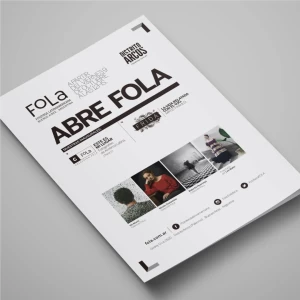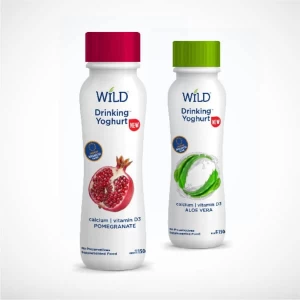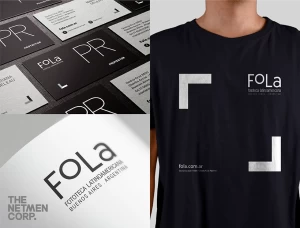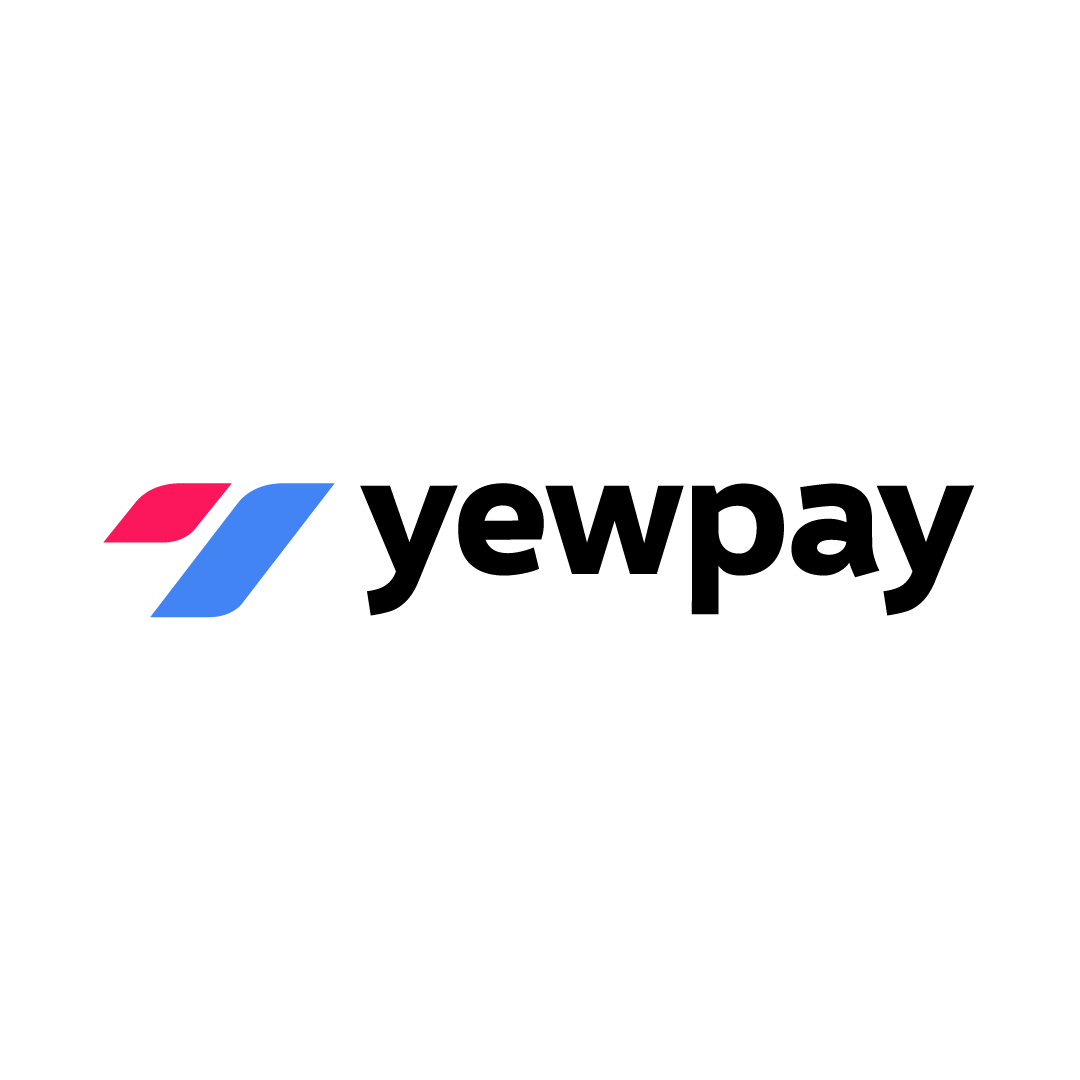Graphic design is all around us. It’s in the logos we see, the products we buy, and the websites we visit. But what exactly is graphic design?
Graphic design is the art of creating visuals to communicate ideas or messages. There are many different types of graphic design. Let’s explore some of the most common ones.
Logo Design
Of all the types of graphic design, logo design is arguably the most crucial for a company’s brand identity. A logo acts as the visual cornerstone and anchor point for how a brand presents itself. An effective logo design needs to achieve several key things:
Memorability A successful logo should be instantly recognizable and memorable. Creating a logo with basic shapes, simple forms, and a few colors can make it memorable and easily recognizable.
Versatility
A logo needs to be versatile enough to work across all your collateral pieces.
Relevance
The forms, imagery and symbolism used in a logo should feel relevant and appropriate for the brand it represents.
For example, using thick geometric typography conveys a very different tone and personality than an organic, handwritten logo. Colors, shapes and any icons or graphics should align with the brand positioning.
Timelessness
Following design trends can make a logo feel modern. However, the best logos are timeless and iconic. They last for a long time.
Trendy design treatments run the risk of looking dated quickly as styles change. Opting for simple, pared-down visuals helps a logo design withstand the test of time.
Distinctiveness
In an increasingly crowded marketplace, a unique and distinctive logo design is crucial for standing out. Logos are made unique by colors, fonts, and layout. The best logos have a special symbol that is unique and can be owned.
Achieving all these factors in a single logo design is an incredible challenge for designers. A good custom logo design can quickly show what a brand is about and make it easily recognizable. A strong logo is the foundation for everything brand asset that follows.
Print Design
Print design encompasses the strategy and creative process of visually communicating a message through physically printed media. Digital design is popular, but print design is still effective for engaging audiences in a hands-on way.
The print design discipline requires a comprehensive understanding of formatting sizes, layout grids, typography, color theory, image editing, and pre-press production. Print designers must think about different printing methods like offset, digital, large format, and specialty techniques.
By considering factors like paper stock, ink coverage, bleeds and trimming, print designers create pieces with intentional finishing effects.
An effective print design balances artistry and precision to merge text and visuals into a cohesive, impactful composition. Print designers use spacing, order, flow, and consistency to guide how readers interpret information on a page.
They use design principles like contrast, repetition, and alignment to create attention-grabbing pieces.
Good print design, like letterhead and brochures, can make a lasting impression on your brand. Print design is still a strong tool for designers to create lasting impact and inspire action, even in today’s digital age.

Stationery Design
Stationery design is the creation of branded materials like letterheads, envelopes, business cards, and notepads. These branded elements help companies look professional and consistent. Stationery design is often part of a larger corporate identity package.
Stationery design is an important part of graphic design. Stationery is the branded paper materials a company uses. This includes business cards, letterheads, envelopes, and notepads. Stationery design helps brands look professional and consistent.
Business cards make a big first impression. A well-designed business card is clean and easy to read. It uses the company’s colors, fonts, and logo nicely.
The information is laid out in a way that makes sense. High-quality paper stock is also important for business cards.
Letterheads are headers on a company’s paper letters. Letterhead designs match the look of the business cards and envelopes. They usually have the company name, logo, and contact info. Letterheads make letters look official and on-brand.
Envelope designs continue branding when sending mail. Like letterheads, envelopes feature the logo and company info. The design makes return addresses clear. It also helps envelopes stand out from basic white envelopes.
Notepads provide branded paper for taking notes. Notepads match the other stationery items’ look and feel. They often have the logo printed at the top of each page. Quality notepads are practical branded items.
Together, these stationery pieces create a unified corporate identity package. Good stationery design is clean yet intentional with colors, fonts, and layout. It makes businesses look reliable and trustworthy. Quality stationery gives a polished, professional impression.
Packaging Design
When you buy a product, the packaging is likely designed by a graphic designer. Packaging design involves creating visuals for product containers, boxes, labels, and bags. Effective packaging design makes products stand out on shelves and represents the brand well. Companies may hire packaging design services to get quality designs.
Custom packaging design is a crucial part of product branding and marketing. Good packaging makes products look attractive on store shelves. It helps items stand out from competitors. Effective packaging design considers both form and function.
The structural design is the physical shape and construction of the packaging. It must properly contain and protect the product inside. Different materials like cardboard, plastic, or glass serve different purposes. The packaging should be easy to Open, store, and reuse or recycle.
The graphics and visuals on the packaging are just as important. Colors, fonts, illustrations and photos depict the brand personality. The logo and other design elements ensure that they are professionally designed. Simple iconic designs are often most effective.
Packaging designers use layout and hierarchy principles. This determines what elements like text and images appear most prominently. The front or primary face is key real estate to capture attention quickly. Information must be clear yet compelling.

Label Design
Label design is a specific type of packaging design for product labels. A well-designed label uses text, colors, and imagery to attract customers and provide key information about the product. Both packaging design and label design aim to make products look appealing.
Label design is part of packaging for product containers and bottles. Labels combine brand logos, patterns, colors and regulatory info. They utilize special inks, varnishes and finishes to look sophisticated. Labels should be legible at different sizes and angles.
Well-designed packaging serves as a powerful visual identity tool. It advertises and informs customers about the product benefits. Unique shapes and premium finishes create desire and perceived value. Overall, cohesive and functional packaging design elevates the entire brand experience.
Mascot Design
A mascot is a character or figure that represents a company, team, or brand. Mascot designers create these illustrated characters to be fun, recognizable, and on-brand. A great mascot design can increase brand awareness and memorability.
A mascot is a fun character that represents a brand, team, or company. Mascot designs bring brands to life through illustration and animation. A great mascot connects with people and builds brand loyalty.
Mascot designers start by understanding the brand personality. Is the mascot meant to be heroic, silly, friendly, or tough? The character’s look and traits should fit the brand. Simple, iconic designs tend to be most memorable as mascots.
Mascots are often animals or human-like figures. But they can be any type of creative character. The form might be inspired by the company’s products or services. Or it could be an imaginative original creature.
Colors are important for making the mascot visually appealing. Bright, energetic colors tend to work well for mascots aimed at kids. More muted tones can give a sophisticated, premium feel.
Facial features and expressions allow the mascot to show emotion and feeling. From happy grins to furrowed brows, the face is key to the character’s spirit. Added details like accessories and props can enhance the personality too.
Once designed, the mascot may be brought to life through animation and 3D modeling. This allows the character to move, gesture, and interact in an engaging way. Animated mascot videos and appearances help strengthen the brand connection.
Overall, a well-designed mascot becomes a identifiable ambassador for the brand. An iconic, lovable mascot leaves a lasting impression and memories.
Corporate Identity Package
A corporate identity package ties together all the core visual elements that represent a brand. This includes the logo, color palette, typography, imagery style, and branded templates. Having a cohesive corporate identity package promotes brand consistency.

These are just some of the many types of graphic design. Other common types include web design, app design, motion graphics, and publication design. Graphic designers use their creativity and design knowledge to visually communicate messages and stories, regardless of the type. The next time you see a logo, product packaging, or website, remember the graphic designer behind the visuals!
If you are looking for a graphic design agency in Miami, we are ready to help you. Our team of expert designers is ready to tackle any design project you need. Contact us today for affordable graphic design services.



